Dell LaptopDell Latitude E7240 Touch
Dell Latitude E7240 Touch Disassembly and SSD, RAM, HDD Upgrade Options
In this guide, I’ll explain how to disassemble the Dell Latitude E7240 Touch to remove and replace the SSD, keyboard, palm rest, RAM, wireless card, bottom case, heat sink, cooling fan, and motherboard. Refer to this guide. You can upgrade, repair, and clean your E7240.
Join us on the social network! Follow us on Facebook for all the latest repair news.
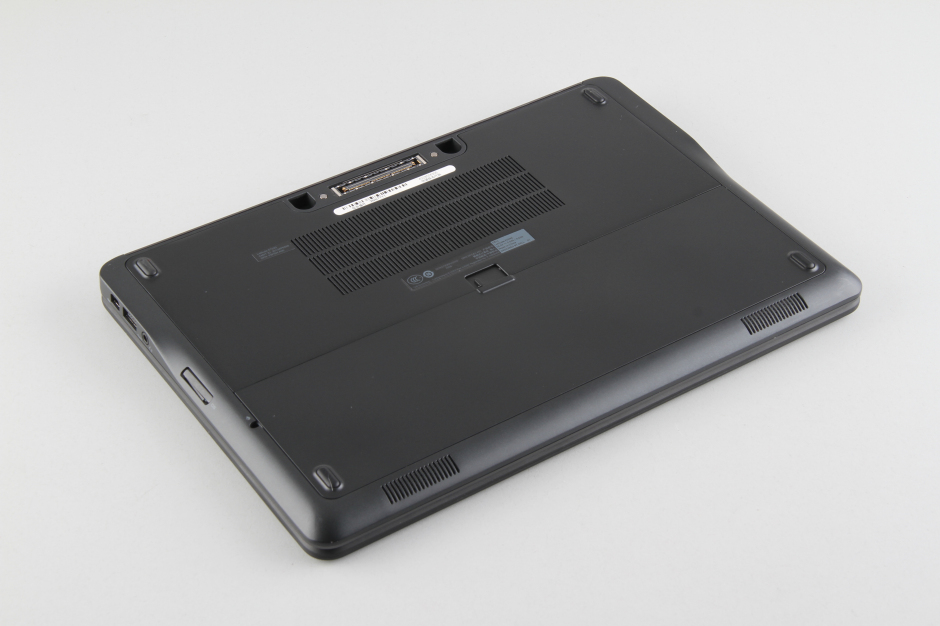
Unlock and remove the battery.

Dell Latitude E7240 Touch features an 11.1v, 31W Li-polymer battery and Dell P/N: GVD76.
Remove two screws securing the service cover.
Pry up and remove it.
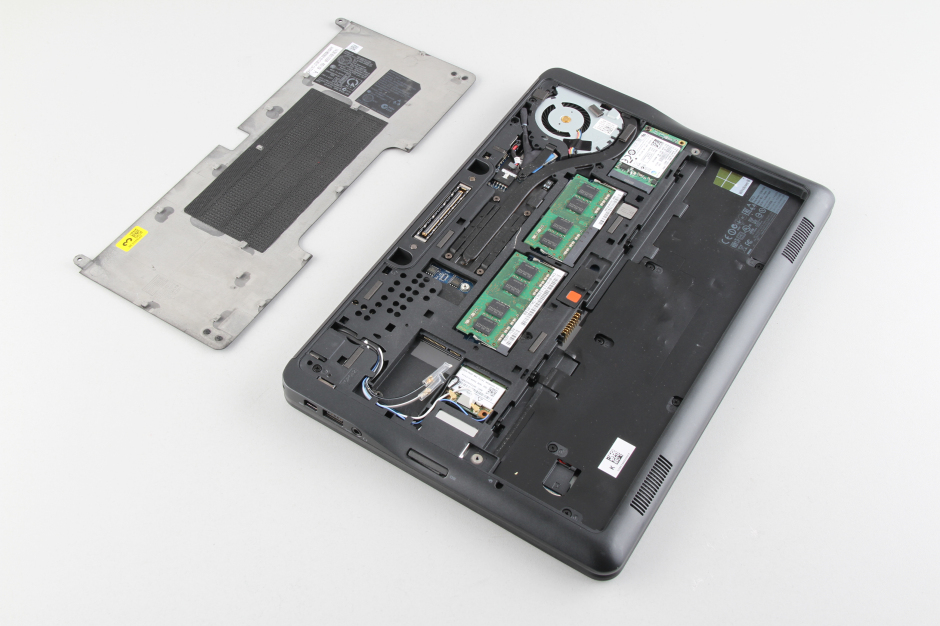
Under the cover, you can get access to the hard drive, RAM, SSD, wireless card, heat sink, and cooling fan.

It comes with two RAMs.
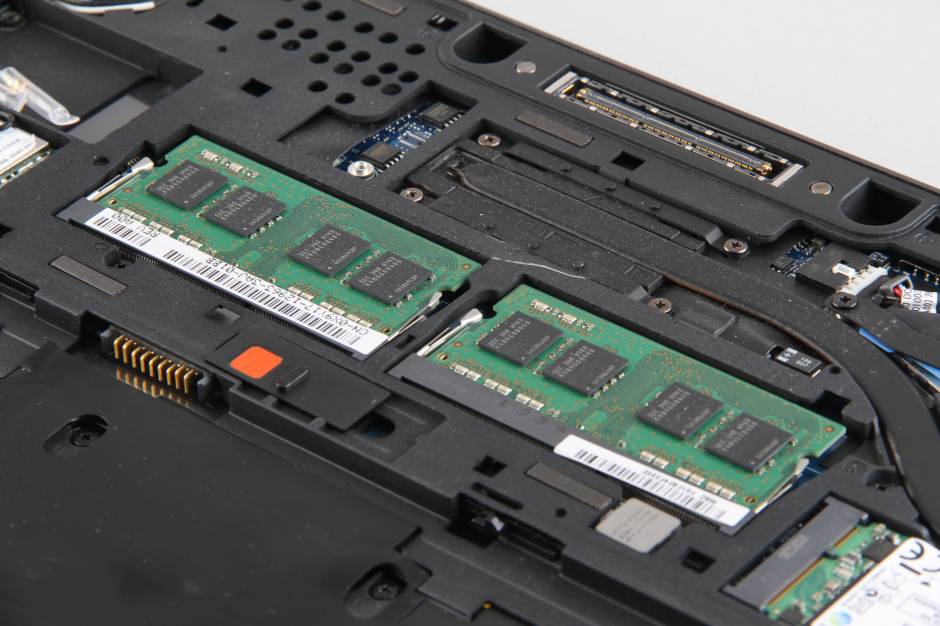
Two Samsung 4GB PC3L-12800S memory

Remove the screw securing the SSD and takes it away from its slot.


This Dell Latitude E7240 Touch features a Samsung 128GB mSATA SSD.
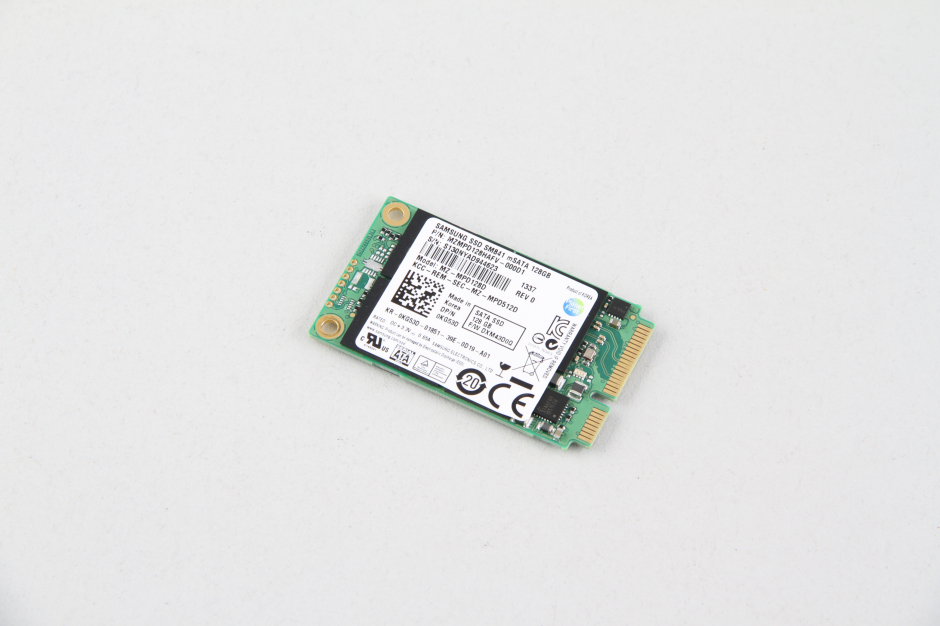
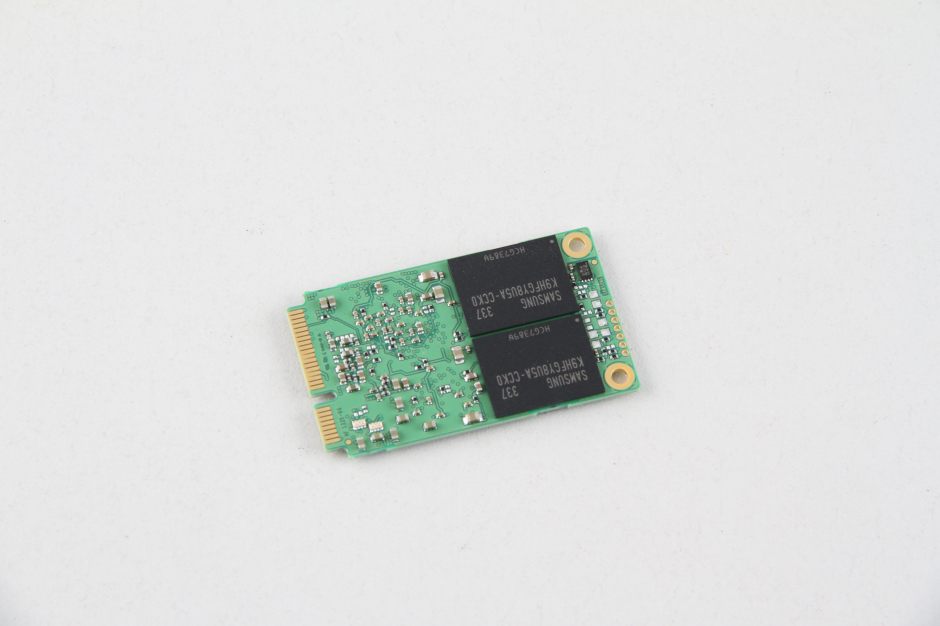
Remove the screw securing the wireless card.
Disconnect two wireless antenna cables.

Remove all screws from the bottom case. Turn over the laptop.
Remove the keyboard bezel.
Remove all screws securing the keyboard.
Lift up the keyboard. Disconnect the keyboard cable and backlit cable, and you can remove the keyboard.

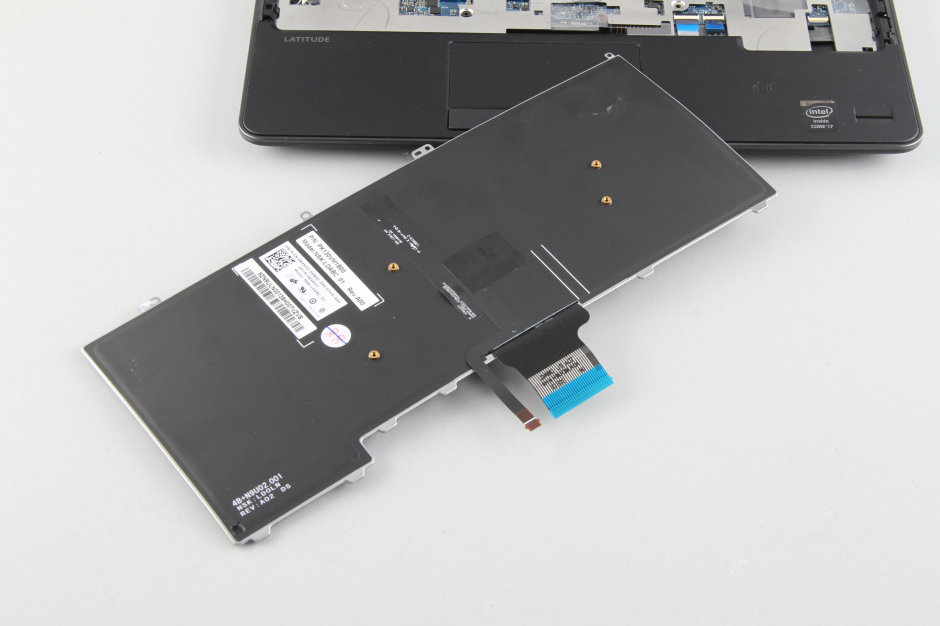
Remove all screws securing the palm rest.
Disconnect four visible cables.

Remove these four screws.
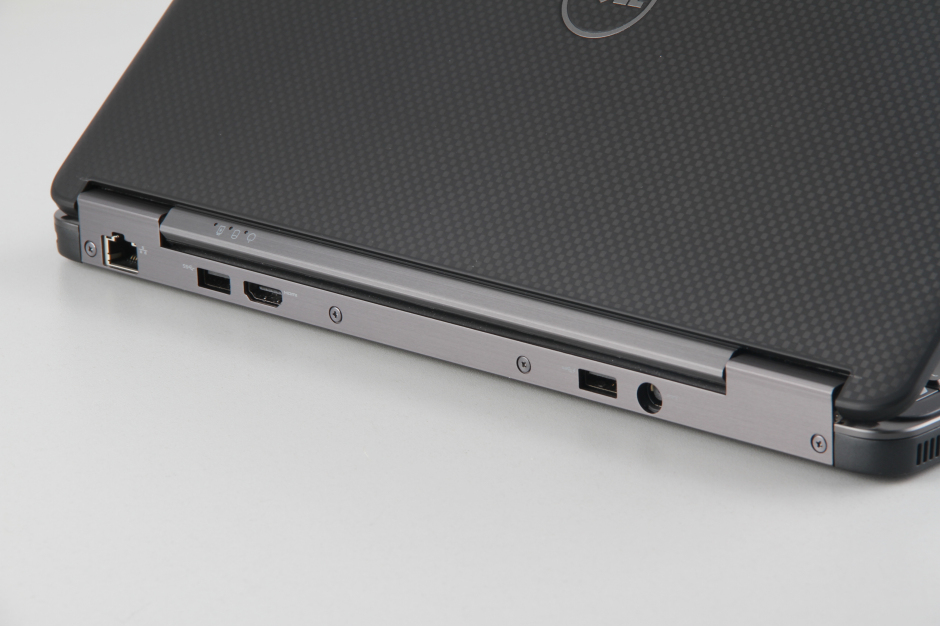
Remove the bezel.

Pry up and remove the palm rest.

The back of the palm rest

When the palm rest is removed, you can access the CMOS battery and motherboard.







Where can I locate the bios chip or I.C. on the motherboard?
Just remove the bios battery, and your bios password will clear automatically.
I want to clear the bios password on the motherboard (latitude E7240).
You should update the wording of the service cover removal instructions. The cover does not snap off by prying up. This breaks some of the catches. It should say to slide the cover toward the battery compartment and it will then lift off easily.
Where is the SSD actually located on this laptop?
See above where it says. This Dell Latitude E7240 Touch features a Samsung 128GB mSATA SSD. It looks like a wireless internet card, but it’s the new way SSDs are made.
missing the parts number of the CMOS battery
Yes, but how do I re-apply thermal paste? This doesn’t look like a FULL disassembly! No one needs a guide as to how to swap on SSD or RAM, it’s made easy and mostly intuitive. How to access the strongest internal components (heatsink) without stressing or damaging the plastics and chassis is another matter…